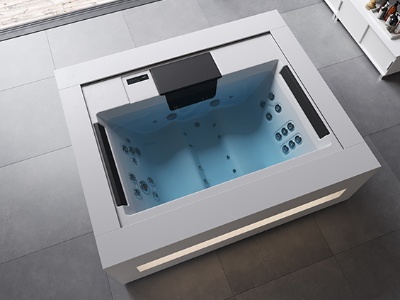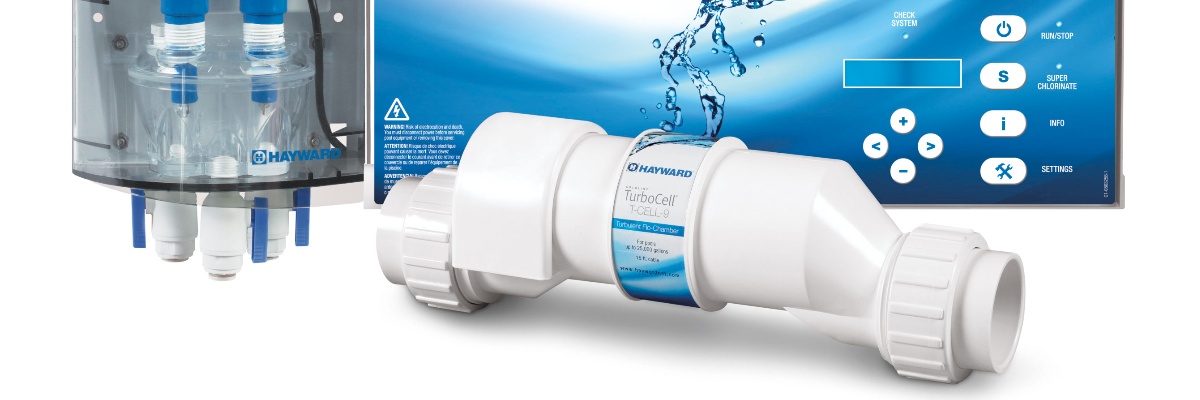
More and more pool owners are turning to salt electrolysis as an alternative to traditional chemical treatments. This method allows chlorine to be produced naturally from the salt dissolved in the water, thus providing effective disinfection while reducing maintenance requirements. In this article, we will look at how salt electrolysis works, how to install and maintain it, and its many advantages.
What is salt electrolysis?
Salt electrolysis is based on a simple principle: the pool water is slightly salty (between 3 and 5 g/L), and an electrolyser converts this salt into active chlorine using an electrolytic cell. This chlorine destroys bacteria, algae and impurities, before recombining into salt under the effect of UV light. This process is continuous and ensures autonomous and natural water treatment. Unlike liquid chlorine or chlorine in pebbles, salt electrolysis eliminates skin irritation and unpleasant chemical odours. The water is gentler on the skin and eyes, making swimming more pleasant, especially for people who are sensitive to traditional chlorinated products.How do I install a salt water chlorinator?
Installing a chlorinator is relatively simple but requires a few precautions. It must be integrated into the pool's filtration circuit, generally after the filter and before the water return. The choice of model depends on the volume of your pool: an undersized chlorinator will not produce enough chlorine, while a device that is too powerful could accelerate the wear and tear of the equipment. Here are the main steps for installing a salt chlorinator: Check the pH of the water: A pH that is too high reduces the effectiveness of chlorine. An automatic pH regulator can be useful. Add salt: It is essential to use a specific salt for swimming pools and to dissolve it correctly in the water. Install the electrolytic cell: It must be positioned in the filtration circuit and connected to the control box.Maintenance and lifespan of a salt chlorinator
Although the chlorinator greatly simplifies pool maintenance, a few steps are still necessary to ensure that it works properly. The electrolytic cell must be cleaned regularly to prevent the build-up of limescale, which can reduce its effectiveness. Some models have a self-cleaning system, but manual descaling may be necessary if the water is very hard.It is also important to check the salt level. Too low a concentration reduces chlorine production, while too much can accelerate equipment corrosion. An electronic tester allows you to monitor this parameter precisely. Finally, it is recommended that you check the electrical connections and inspect the cell every season for possible deposits or signs of wear and tear. Opting for a salt water chlorinator has many benefits, both economically and environmentally. One of the main advantages is the reduction in the handling of chemical products, thus limiting the risks associated with the storage and use of chlorine. The water remains more stable and requires fewer adjustments than with conventional treatment. Another major advantage is the reduction in long-term costs. Although the initial investment is higher than for traditional treatment, the regular purchase of chlorine becomes unnecessary. The electrolytic cell has an average lifespan of 4 to 7 years, and replacing it is less expensive than buying chemicals every year. An environmentally friendly and sustainable solution Unlike conventional methods that require frequent chlorine addition, salt electrolysis is based on a renewable cycle. There is therefore no accumulation of harmful by-products in the water. In addition, this solution avoids the release of chemical substances into the environment, making pool maintenance more environmentally friendly.




